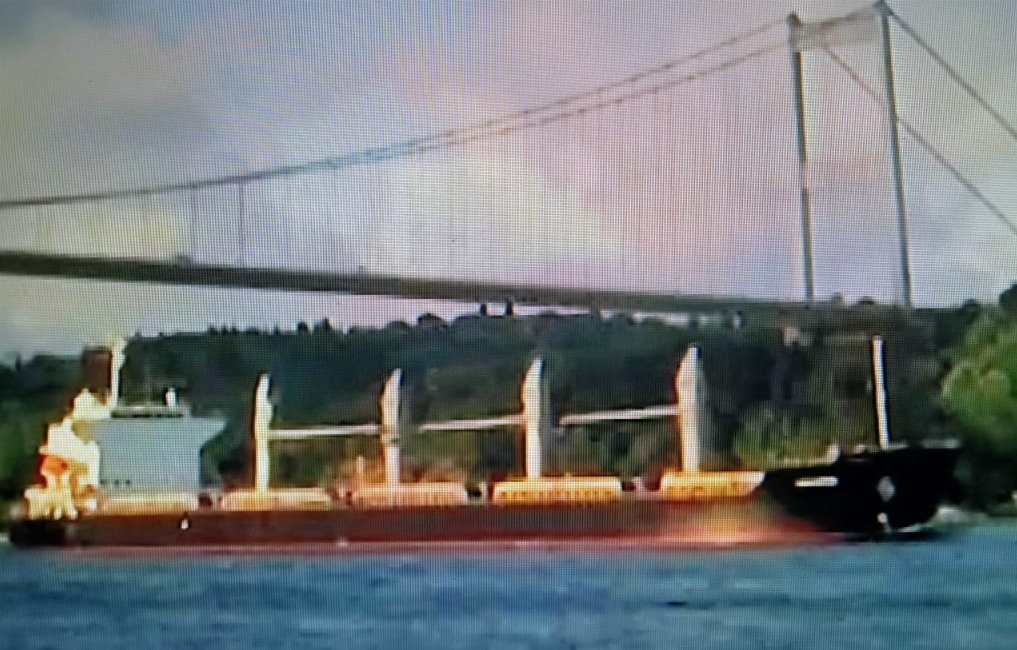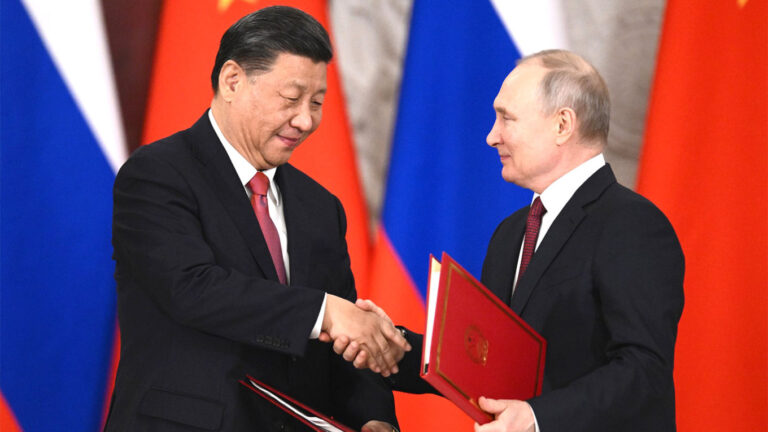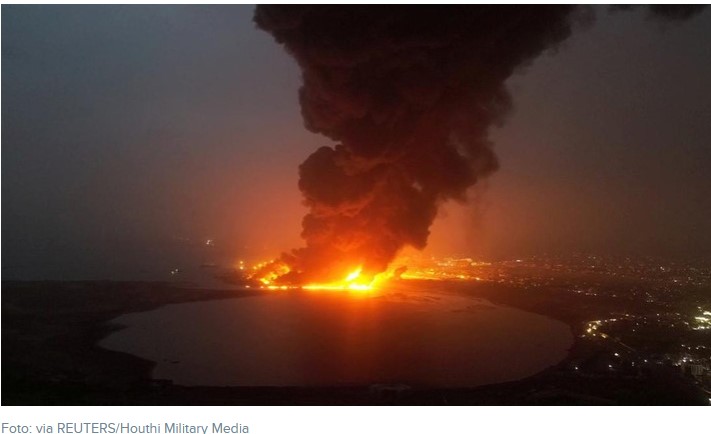
STRATEGIC ASSESSMENT. The world’s attention is focused on an ever-growing Russian military deployment which now nearly encircles Ukraine, all while the Kremlin denies any plans of a pending invasion. Meanwhile, U.S. President Joseph Biden suggested that Washington believes Russian President Vladimir Putin has made up his mind and will invade Ukraine “in the coming days.” If Moscow does indeed invade, it is well-positioned to do so, with as many as 190,000 personnel on Ukraine’s borders as well as mechanized units and other more sophisticated Russian military assets. This includes as many as 125 battalion tactical groups, each of which is comprised of upwards of 1,000 soldiers. For Moscow, phase 0 operations have already begun, evident by the cyberattacks launched against Ukrainian banks and government websites last week, perhaps in an attempt to induce widespread panic amongst the Ukrainian population. Several Western countries, including the United States, have temporarily moved their embassies from Kyiv to Lviv, located in western Ukraine. In recent days, several false flag attempts, many poorly designed, have been exposed, as the U.S. seems to have decided on a strategy of declassifying and pushing out important intelligence in order to preempt moves by Moscow and forestall an invasion based on these fabricated incidents. There have also been credible reports suggesting that Russia maintains a list of individuals that would be targeted following a Russian invasion, including human rights activists, Russian political dissidents, and anti-corruption campaigners, among others.
Putin will not stop short of anything other than completely overhauling and revising the post-Cold War European security architecture, a non-starter for most, if not all, members of NATO. With his legacy in mind, Putin has become obsessed with bringing Ukraine back into the Russian fold, by whatever means necessary. Russia’s history of aggressive interventions—Georgia in 2008, Syria in 2013, and Ukraine in 2014—clearly demonstrate that there are no “red lines” the Kremlin is unwilling to violate. Some argue that the lack of any meaningful response to these actions, or to Russian election meddling in the United States and other countries, has merely served to embolden Moscow. Through the private military contract the Wagner Group, Russia continues to expand its influence throughout Africa, demonstrating that Russia is a country looking to fill existing power vacuums. But Putin also recognizes that any Russian incursion will be costly and the resulting sanctions would drastically impact the Russian population. Moscow’s goal may not be a full-scale blitz the entire way to Kyiv, but rather strong-arming the world into recognizing the independence of breakaway territories in Ukraine’s east. Putin may also be gambling that he can gain important concessions without having to give much, if any, other than calling off what Western nations have described as an imminent invasion. Toward that end, Russia signaled the deployment of “peacekeepers” into the Donbas.
Massive military exercises included test-firing nuclear capable missiles, all while Western political and military leaders met in Munich, Germany to discuss the ongoing crisis. Russia also announced that, following military exercises in Belarus, 30,000 Russian troops would remain in that country. In Donetsk and Luhansk, both areas of eastern Ukraine under occupation from Russian-backed separatists, militia leaders warned residents to evacuate, ratcheting up rhetoric and shelling Ukrainian military positions with artillery and mortar fire throughout the Donbas region of Ukraine. In a speech yesterday, Putin said that Russia would recognize the two breakaway regions, setting the stage for further confrontation and blatantly attempting to usurp Ukrainian sovereignty. Also on Monday, Ukraine requested an urgent United Nations Security Council meeting to address the threat of a Russian invasion. As part of Russia’s hybrid warfare approach, a strategy that has worked well for Moscow in other theatres in the past, Putin and his top lieutenants are actively working to exploit perceived divisions within the NATO alliance, relying on information operations, economic coercion, and energy blackmail to widen existing rifts. NATO countries have come together to show resolve, but seams in the alliance remain. Nevertheless, few actions have done more for NATO unity than Russia’s bellicosity over the past several months.
The issue of NATO expansion eastward has long been a grievance cited by the Russians, but the recent military buildup has been unprovoked. Ukrainian President Volodymyr Zelensky was defiant in a recent speech, noting that if Washington and its allies were so certain of an imminent Russian attack, Russia should be slapped with sanctions immediately, not simply after the fact. In addition to being another blow against international law and long established norms of statecraft, if Russia does push forward with plans to invade, the resulting war would be devastating and could lead to tens of thousands of casualties in the first few days of the conflict. Several world leaders have reached out to Vladimir Putin in the past two days alone, including French President Emmanuel Macron, German Chancellor Olaf Schulz, and U.S. President Biden. The United States continues to offer Russia offramps and has called for diplomacy, with U.S. Secretary of Defense Lloyd Austin, U.S. Secretary of State Antony Blinken, and even President Biden himself reiterating the opportunity for a diplomatic resolution. The stakes for diplomacy could not be higher and the world is watching. How the current impasse is resolved will be monitored closely from Tehran to Beijing, as other countries monitor Western resolve (TSC).





